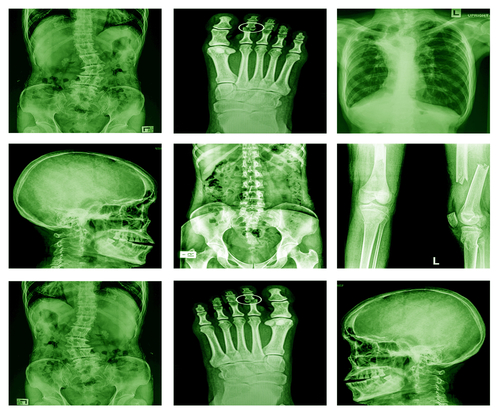Getting the Diagnosis Right
by Danielle Ofri
New York Times
Recently I had one of those bursting-at-the-seams types of days in the clinic. Every scheduled patient showed up, plus a few extras. Everybody seemed to have burning concerns that needed immediate attention. One patient had newly diagnosed thyroid disease, but the medication was making her feel worse not better. Another was having strange twinges in his lower abdomen. One woman had been having muscle aches in her arms for the past month, and now had the same aches in her legs. Another patient was experiencing a drilling-like pain in his lower back that spread up to his neck and scalp. One man had a cough that just wouldn’t clear up. A woman was concerned because the soles of her feet felt like they were on fire. Another patient said she simply had no energy and could hardly get through her day.
For each of these presenting symptoms there can be a gamut of possible causes — what doctors call the “differential diagnosis†— that run from the prosaically benign to the concernedly urgent to the immediately life-threatening. The goal is to come up with a broad differential for each symptom, then prioritize them by likelihood and by severity. Testing for every possible diagnosis is not feasible, so the doctor needs to ask the right questions, listen carefully to the answers, do the right kind of physical exam and pay attention to the clinical cues.
If I had the luxury of an hour with each patient, I would have the time to carefully sort through every possibility. But the reality is that I, like most doctors, have five to 10 minutes to push the majority of diagnoses to the bottom of the list, come up with the most likely few at the top — being careful, of course, to keep in the rare but life-threatening possibilities — and then explain to the patient what I think. I can order lab tests, X-rays and the like, but those results won’t come until later. I need to offer to the patient the most likely diagnoses and a plan for how to start treatment or investigate more.
It’s a tall order, and an incredibly stressful one. As I raced through my day trying to avoid falling too woefully behind schedule, I was also struggling to be as thorough as possible. The ulcer gnawing at the pit of every doctor’s stomach is, “What if I miss something serious?â€
Patients, of course, have a parallel thought process going on. Before they even get to the doctors’ office, they’ve thought about the symptoms that ail them, considered the cause, maybe asked a family member’s opinion, and probably searched the web for answers. There are now dozens of so-called symptom checkers on the Internet that allow you to enter your symptoms and come up with your own differential diagnosis. But are they accurate?
A group of researchers in Boston set out to find out. Using 45 case vignettes in a medical school curriculum, they entered the presenting symptoms into 23 different online checkers. One-third of the programs got the correct diagnosis on the nose. When looking at the differential diagnosis, 58 percent of the programs had the right ones listed in their top 20 possibilities.
Much of the media coverage of this study focused on how lousy these symptom checkers are. But Ateev Mehrotra, the lead author on the study, made a different observation. “It made me realize just how hard this task is. What we are asking symptom checkers to do is an extremely difficult task,†he said.
His words make me reflect on my overwhelming day in clinic. Each and every patient presented a wide chasm of possibilities that could be nothing, or something, or something horrible. Was the patient with no energy just not getting enough sleep? Or was she anemic, hypothyroid, depressed, suffering from pancreatic cancer or experiencing domestic violence? Was the patient with muscle aches having a medication side effect or exhibiting the onset of a systemic inflammatory disease? Did the gentleman with abdominal twinges have vascular compromise to his intestines, or was he a hypochondriac or taking a weight loss concoction he had purchased on the Internet?
General practitioners, like internists, family doctors, pediatricians and emergency doctors, face the biggest challenges because the diagnostic field is so wide open. We all want to get it right, but don’t want to over-order tests that can be harmful (and expensive). We may want to allow some observation time to see if the symptoms self-resolve or progress, but we are worried about missing a serious illness, harming a patient or getting sued. Some days it feels shocking that we get any of it right at all.
And we do, on average, get it mostly right. Doctors’ diagnostic accuracy is estimated to be in the range of 80 to 90 percent. That, of course, implies a 10 to 20 percent error rate, but on days when it feels like you are being pelted with diagnostic possibilities from every cell of the body and that imminent death is lurking everywhere you turn and that you have only minutes to make those decisions, 80 to 90 percent is a comforting percentage.
On cooler-headed days, though, that 10 to 20 percent error rate is disturbing. It’s a definite cut above the online symptom checkers, but is it really good enough? Luckily, the Institute of Medicine has taken on the topic of diagnostic error, exploring how they occur, how they can be measured and how they can be minimized. Here’s my article on this report.  (from the New York Times)

